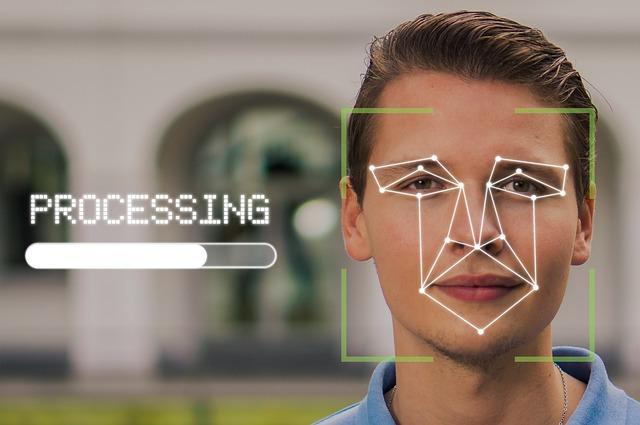How Face Recognition Vendor Test is being processed
In today's world, security is a top priority for governments around the globe. With the rise of terrorism and conflicts, it is important to have measures in place that can prevent threats from entering a country. This is why face recognition systems are gaining popularity as they have the capability to make our world safer by quickly identifying individuals who may pose a danger. To ensure the effectiveness of these systems, a comprehensive program called the Face Recognition Vendor Test (FRVT) evaluates and measures advancements in this technology. Here is how it operates.
Who oversees FRVT?
The FRVT is an open program that allows for anyone to participate. Its primary purpose is to evaluate the performance of face recognition systems, including their accuracy, speed and capabilities. Both businesses and academic institutions are encouraged to join in this ongoing initiative. The program is funded by the United States in hopes of achieving uniform standards within the industry through the establishment of mutual definitions, measurements and points of reference.
How FRVT helps to improve Vendor Competition
The Face Recognition Vendor Test plays a crucial role in promoting healthy competition among vendors, leading to increased innovation. This drive for improvement not only results in higher accuracy rates, but also ensures transparency and protects people's privacy. Furthermore, the test helps to advance the field of facial recognition technology, making it more viable for global deployment in the near future.
Verification versus Identification
Face recognition systems possess two key abilities: Verifying if two face images belong to the same person (verification) and identifying an individual within a vast database (identification). Let's delve a little deeper into each of these topics.
Verification
Face recognition systems rely on algorithms, which are what these tests assess. For a face verification algorithm evaluation example, click on the provided link. In this case, the program measures how accurately and quickly it can confirm a match between two facial images. Its ultimate goal is to correctly identify a person based solely on their facial features. This technology has the potential to greatly assist border agents in their work.
Identification
Face identification is also based on algorithms. However, its purpose is distinct from others. Its aim is to accurately identify an individual by comparing their facial characteristics with a vast collection of faces stored in databases (which could potentially contain millions of identities). The evaluation process tests the algorithm's efficiency and precision in finding the correct person among many possible matches. Here is a face identification algorithm evaluation example. These types of algorithms may be utilized by law enforcement and border patrols to aid in identification processes.
The Face Recognition Vendor Test plays a crucial role in the development of face recognition systems and creates a global standard for countries to follow in the future. The use of verification and identification algorithms will undoubtedly enhance safety and security in our world going forward.

